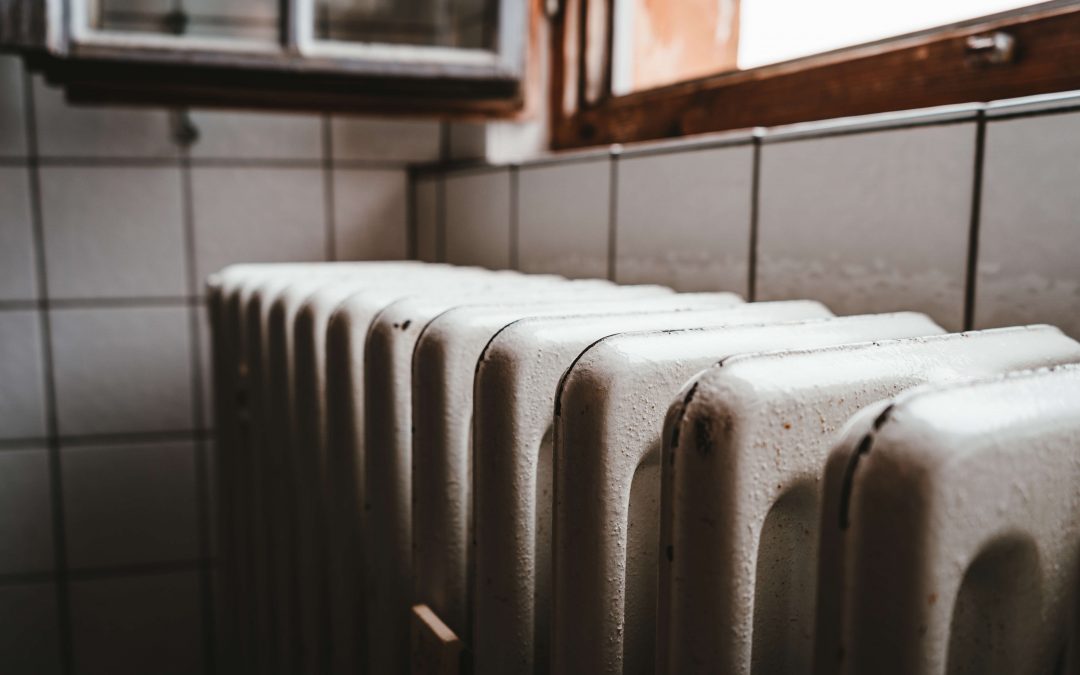The costs of heating and hot water provided by district heating plants – the most common form of heating in Poland – will rise this year by no more than 40% relative to March prices, climate minister Anna Moskwa announced on Tuesday after a gathering of the cabinet.
At the same meeting, the government also approved two draft laws to soften the blow of rising energy costs: one will expand a recently introduced allowance for households that heat with coal to also include different fuel sources; the other will transfer an additional 13.7 billion zloty (€2.87 billion) to local authorities.
With prices of energy commodities rising rapidly, Poles are facing a difficult winter ahead. The government recently introduced a one-off allowance of 3,000 zloty for households that heat with coal. But the plan has faced criticism for excluding homes that use other fuels.
While around one third of households use coal for heating, more than 40% have central heating provided by district heating plants. Polish media have reported in recent months that residents of apartment buildings have already seen energy bills rise by 100% or even several hundred percent in some cases.
Moskwa yesterday announced that such costs would be allowed to increase by no more than 40%. This would result in annual savings of between 1,000 and 3,900 zloty, says the government.
🏘 Ograniczenie wzrostu rachunków dla gospodarstw domowych ⤵ pic.twitter.com/QsscTY3s2j
— Kancelaria Premiera (@PremierRP) August 23, 2022
Rafal Gawin, president of the Energy Regulatory Office (URE), said earlier this month that in situations when residents have already shouldered a higher than 40% increase, the “overpayment” will be applied to cover later obligations, reports financial news service Money.pl.
Meanwhile, under one of the draft laws approved by the cabinet yesterday, households that heat with fuels other than coal will receive one-off allowances this year ranging between 3,000 zloty and 500 zloty, depending on the type of fuel used.
Under the other bill, an additional 13.7 billion zloty would be provided to local governments, at least 15% of which should be used for energy efficiency improvement investments by 2025 while the rest can be used flexibly, including for reducing the cost of heating for consumers.
W latach 2002-2018 obserwujemy spadek ogrzewania mieszkań węglem i drewnem na rzecz ogrzewania gazowego i elektrycznego.
⚡ https://t.co/JyHGju3fGN#GUS #statystyki #energia #smog #klimat #węgiel #środowisko pic.twitter.com/NUGqZCd2IO
— GUS (@GUS_STAT) January 24, 2020
Main photo credit: Julian Hochgesang / Unsplash

Alicja Ptak is senior editor at Notes from Poland and a multimedia journalist. She previously worked for Reuters.



















